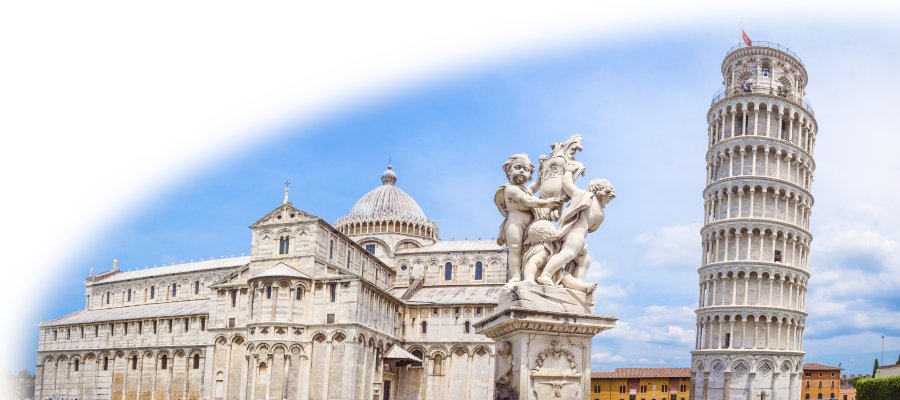-
 See all ...View our full range of attractions, activities and destinations ...
See all ...View our full range of attractions, activities and destinations ...-
- Michelangelo's David
- Michelangelo's Secret Room
- Uffizi Gallery
- Florence Cathedral
- Palazzo Vecchio
- Pitti Palace
- Boboli Gardens
- Vasari Corridor
- Bargello
- Santa Croce
- Brancacci Chapel
- Medici Chapels
- Florence tours
- Walking tours
- Art tours
- Segway tours
- Bicycle tours
- Bus tours
- Cooking course
- Wine tasting
- Florence excursions
- Airport shuffle
- Train tickets
- Colosseum tickets
- Colosseum tours
- Colosseum dungeons
- Colosseum by night
- Vatican tickets
- Vatican tours
- Private Vatican tours
- St Peter's Basilica
- Borghese Gallery
- Domus Aurea
- Caracalla baths
- Castel sant'Angelo
- Palazzo Valentini
- Roman catacombs
- Rome tours
- Rome private tours
- Rome Segway
- Rome by bike
- Rome bus tours
- Train tickets
-
-
 FlorenceNew OffersFlorence, 'Cradle of the Renaissance', home to Michelangelo's David, the Uffizi Gallery ...
FlorenceNew OffersFlorence, 'Cradle of the Renaissance', home to Michelangelo's David, the Uffizi Gallery ...-
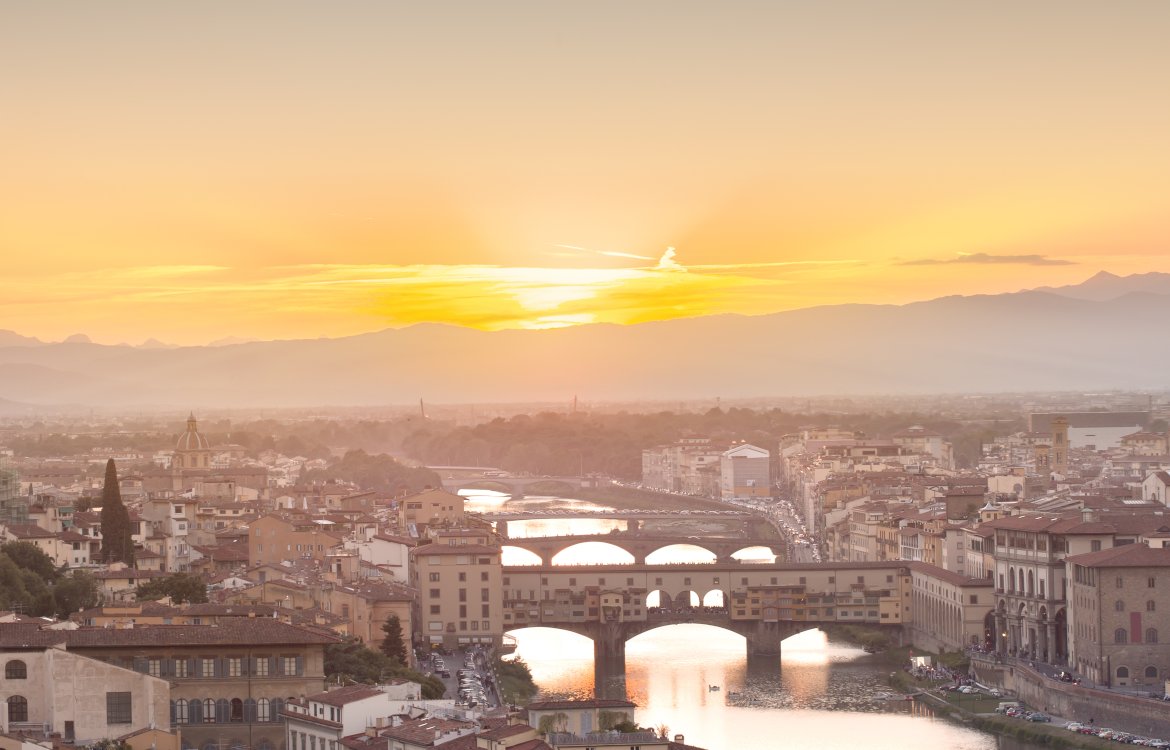 Discover Florence
Discover Florence
Florence - Firenze - is many things; the heart of Tuscany, a Renaissance jewel, a true city of art. It's home to the Uffizi, one of the oldest museums in the world, and the Accademia, home to one of the most famous statues in the world - David. The incredible Cathedral - Duomo dominates the skyline, with Brunelleschi's fabulous dome - cupola, and Giotto's mighty clock-tower - campanile.
Background, must-sees and map of Florence, "Cradle of the Renaissance":
Explore Florence
-
-
 RomeLate dealsRome, the 'Eternal City', explore the Colosseum, The Roman Forum, the jewels of Ancient Rome ...
RomeLate dealsRome, the 'Eternal City', explore the Colosseum, The Roman Forum, the jewels of Ancient Rome ...-
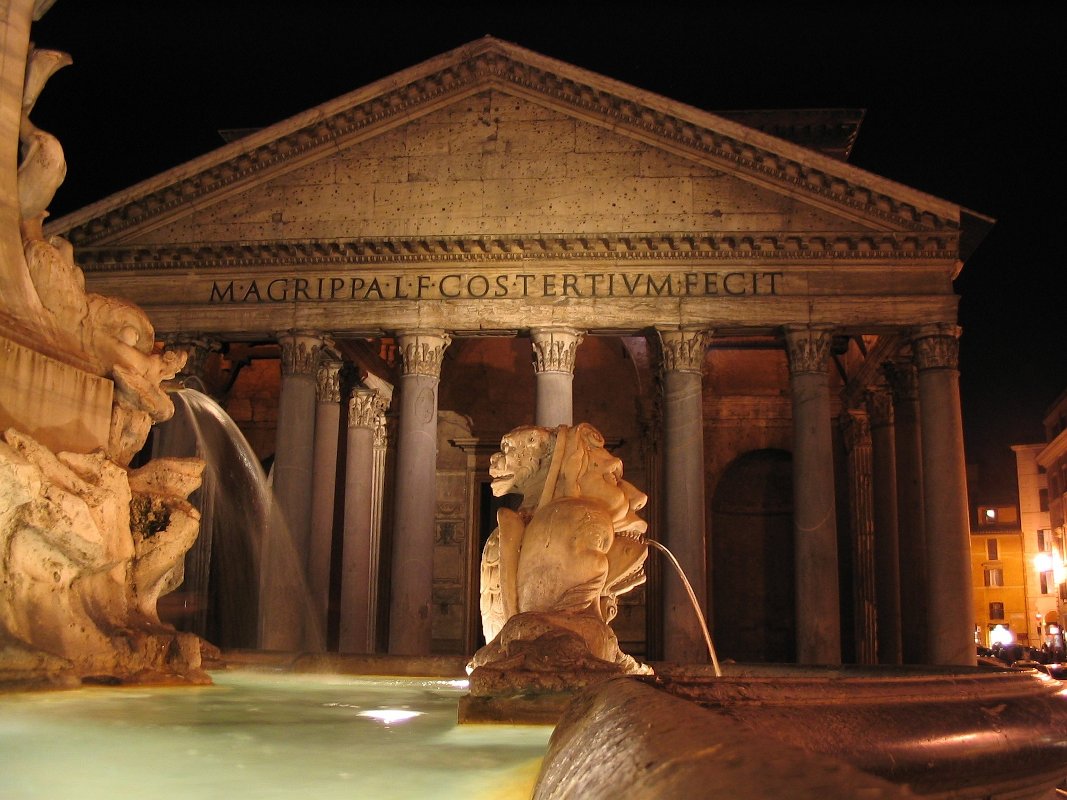 Discover Rome
Discover Rome
Rome - Roma - is the Classical city of the Forum, the Pantheon and the Colosseum. It is pagan temples, early Christian Churches, Renaissance Basilicas, the Vatican of course. Rome is an architectural masterclass in the Classical, the Romanesque and all flavours of Gothic architecture, of the Baroque. And it is the romantic city of the Trevi Fountain and the Spanish Steps.
Background, must-sees and map of Rome, "The Eternal City":
Explore Rome
-
-
 The VaticanSkip the linesThe Vatican and St Peter's, home of the Catholic Church and the treasures of the Vatican Museums ...
The VaticanSkip the linesThe Vatican and St Peter's, home of the Catholic Church and the treasures of the Vatican Museums ... -
 VeniceVenice, the floating city. Wonder at the Doge's Palace, St Mark's Square, and explore the canals by gondola ...
VeniceVenice, the floating city. Wonder at the Doge's Palace, St Mark's Square, and explore the canals by gondola ... -
 MilanLast Supper ExclusivesMilan, home of fashion, the fabulous Gothic Duomo, and, of course, Leonardo da Vinci's Last Supper ...
MilanLast Supper ExclusivesMilan, home of fashion, the fabulous Gothic Duomo, and, of course, Leonardo da Vinci's Last Supper ...-
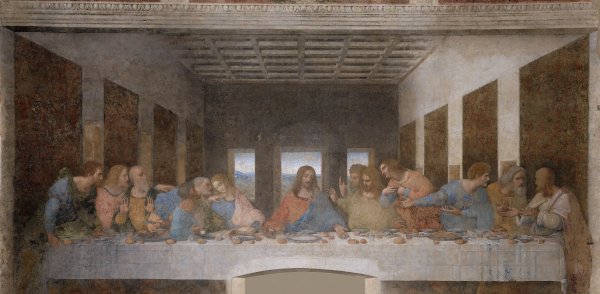 Da Vinci's Last SupperWe have specialised in Last Supper
Da Vinci's Last SupperWe have specialised in Last Supper
tickets and tours for over 15 years.
Availability is always limited and
advanced booking is essential.
Check availability
-
-
 PisaSkip the linesPisa, home to the must-see Leaning Tower of Pisa and the nearby annual Andrea Bocelli concert.
PisaSkip the linesPisa, home to the must-see Leaning Tower of Pisa and the nearby annual Andrea Bocelli concert.  Tailor-made Private ToursCustom private tours and excursions on request
Tailor-made Private ToursCustom private tours and excursions on request
- Best sellers:
- Tailor-made tours
- David, Florence
- Uffizi Gallery
- Vatican
- Last Supper
- Pisa Tower
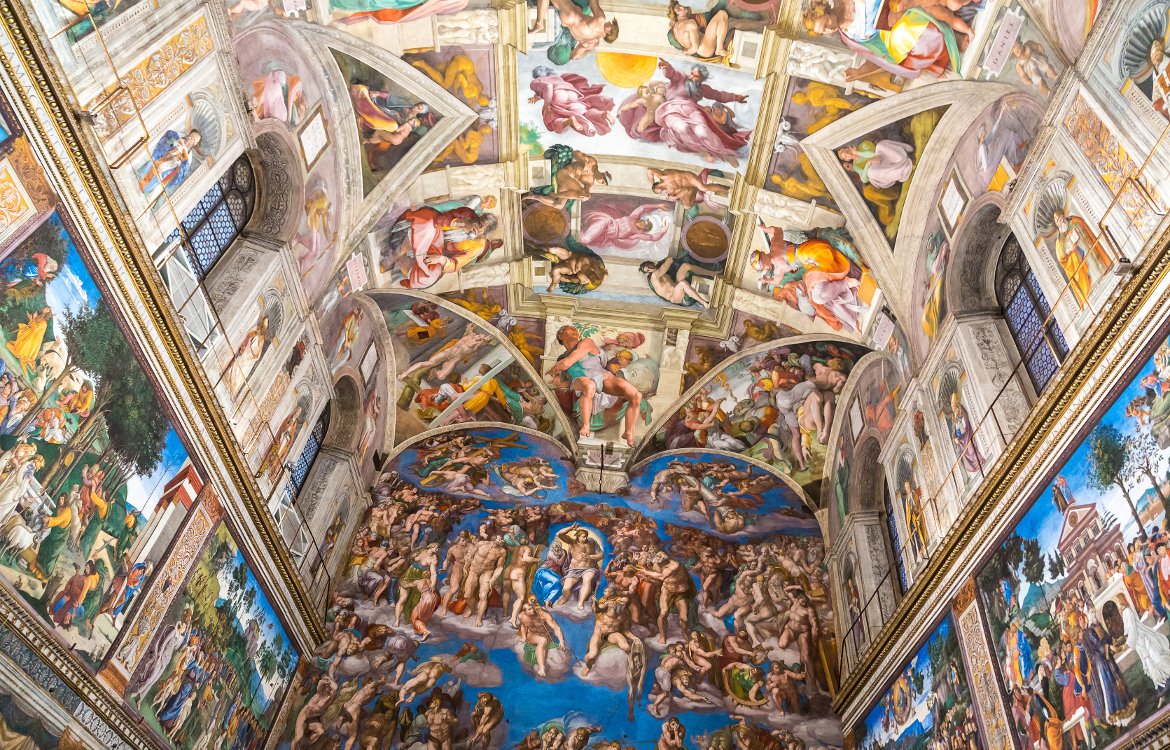
Pompeii pass - ruins at Herculaneum (Ercolano) information
Visitor and background information for the ruins at Herculaneum (Ercolano).
This is tickitaly.com's information page for the ruins, remains and excavations at Herculaneum (Ercolano), one of the many attractions covered by the Pompeii and Vesuvius area pass (booking link). We also offer direct, skip-the-line access to the remains at Herculaneum here.
Opening hours:
From the 1st of April until the 31st of October the site is open every day from 8.30 AM until 7.30 PM with the last entrance being allowed up to 6.00 PM. For the rest of the year the site closes at 5.00 PM with the last entrance being granted at 3.30 PM. These are the same hours observed at the Pompeii site.
Your Pompeii pass allows full entrance to all of the ruins of Herculaneum and counts as a single entrance, just one of the 12 places covered by your pass. Ercolano is on a much smaller scale than Pompeii and takes much less time to explore; many of the structures and artworks are less damaged than those of Pompeii.
Some history:
Less famous than its neighbour Pompeii, Herculaneum (Ercolano) was destroyed in the same volcanic eruption of August 24, AD 79 but is generally preserved in a far better state and gives a clearer idea of the form of the ancient Roman town. Damaged far less by the weight of falling ash from Vesuvius, the buildings were quickly engulfed by toxic gas and boiling mud which as it solidified prevented their collapse. Subsequently sealed under an airtight layer of volcanic rock, the partially excavated town now offers a unique insight into Roman life, with many buildings still with upper stories intact and frescoes and mosaics in an excellent state of preservation.
It is thought that the first civilisation on the site of Herculaneum was founded around the end of the 6th century BC by forefathers of the Samnite tribes from the Italian mainland, after which it came under the control of the Greeks who due to its position on the gulf used it as a trading post. Dominated again from the 4th century BC by the Samnites until its participation in the Social War, it was then defeated by Titus Didius, legate to the Roman general Lucius Cornelius Sulla, and became a Roman municipium in 89 BC.
Discovered by accident nearly 1700 years after the eruption, Herculaneum has still not been fully excavated with only about a quarter of the nearly intact remains uncovered so far and many of the important public buildings still to be brought to light from under the dense layer (up to 25 metres deep) of volcanic 'tufa' covering the site.
Allow a couple of hours for a good look around and wear some sensible shoes!
Some links:
Official site of Herculaneum Conservation project
Why Tickitaly?
| Based in Italy for 15+ years. Local knowledge, local contacts. We're here to help. | |
| Transparency. All tickets are full-entrance with no extras to pay! | |
| Availability - we'll often get you in when availability elsewhere is exhausted. | |
| Trust - we've been working with suppliers and guides for ever! Over 10,000 reviews with an average of almost 5 out of 5! |
Payments
We use industry standard Stripe for all-secure payments.
You'll be charged nothing until we have confirmed your tickets and tours.
All prices are displayed in full - there are no additional charges 'on-site' and you will be arriving with the confidence of carrying fully-paid tickets.
Tickitaly is a Licensed Italian Travel Agency
Registered at the Florence Chamber of Commerce
P.IVA 05144650487
We use industry standard Stripe for all-secure payments.
You'll be charged nothing until we have confirmed your tickets and tours.
All prices are displayed in full - there are no additional charges 'on-site' and you will be arriving with the confidence of carrying fully-paid tickets.


